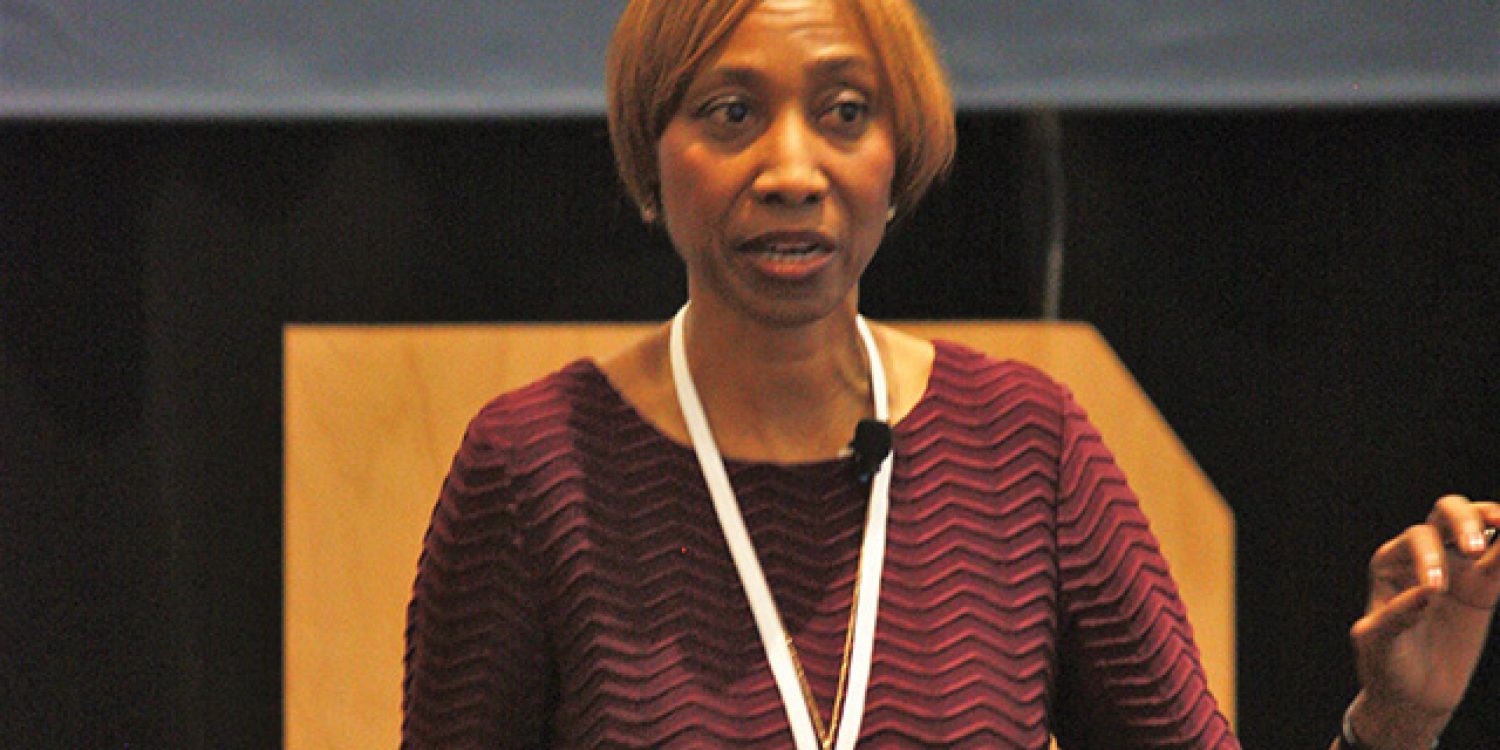Decades ago, sports stories focused almost entirely on the action, the scores, and the statistics. Fortunately, that is no longer the case. Today, we get to learn more about the athletes themselves, who they are, what drives them and yes, what troubles them. The realization that athletes at the highest level are first and foremost human beings with challenges on and off their playing surface can no longer be ignored, overlooked, or swept under the rug.
The stories are everywhere, especially regarding female athletes. The recent disqualification of American 100-meter champion Sha ‘Carri Richardson from competing in the upcoming Tokyo Olympics for testing positive for marijuana. Young tennis phenom Naomi Osaka’s decision to pull out of both Wimbledon and the French Open due to mental health and wellness concerns. Track superstar Allyson Felix’s decision to leave Nike over concerns about how the brand manages athletes who decide to have children and the messages it sends to women. Skylar Diggins-Smith’s public disclosure about suffering from separation anxiety and the lack of support she received from the WNBA after giving birth to her son. The well-documented charge that the US Women’s Soccer Team has led over equality in pay and work conditions. The recent ESPN debacle surrounding the comments Rachel Nichols made about fellow reporter Maria Taylor and covering the NBA Finals. These are but are a few examples of why women athletes deal with a plethora of issues and challenges centered around their sex, and often, their race, that consistently go unaddressed until something major happens. Only then, when met with the public’s attention and outrage, do these important conversations take center stage. Only then is a critical spotlight placed on sports leaders and organizations that forces them to respond to the challenges their athletes are experiencing.
For female athletes, in particular those of color, the fallout from the decisions of some sports leaders and organizations have impacted them in ways that shed light on the need to increase attention on equity and inclusion and creative innovative strategies to address their needs. Too often, women athletes are left on their own to figure out how to obtain the knowledge, support, and resources they need to not only respond in tough situations but prepare for future similar situations. The companies and organizations that these women represent appear most interested to get involved only after THEY have suffered blows to their image, brand, and integrity.
During this unprecedented time in the history of our nation and world where we are focused on gender equity, diversity and inclusion, and racial justice, the sports industry should create the blueprint for educating and developing women athletes into leaders, advocates and role models for young girls and other industries by establishing support systems, creating supportive environments, and collaborating with athletes to achieve mutually beneficial goals.
Leadership in athlete development demands that:
- …we understand that one size does not fit all. No matter the hottest topic of the day – mental health and wellness, physical health and safety, NIL, etc., diversity in service delivery for athletes requires that each group be provided specific education, training, and support to meet its needs
- …the education of today’s athletes be holistic and focus on more than just performance. Career development, leadership training, the sociology of sports, business of sports, and economics are critical components for holistic development.
- …industry leaders actually lead. Leadership in sports ultimately means providing women athletes with the knowledge, tools, resources and support essential to their personal and professional success. That requires surrounding them with a support structure of professionals who they can relate to as women and athletes.
Organizations of all types clearly recognize and embrace the power and influence of today’s athletes to help them achieve their goals. Yet, the athletes themselves deserve more from those ostensibly charged with helping them succeed personally and professionally. That explains why a strategic approach to athlete education, development, and transition is no longer simply an option for sport leaders and organizations. Those that want to remain competitive in the industry, grow their brand, increase their visibility, and influence and maintain and grow financial windfall can no longer ignore the whole athlete.
The athletes mentioned above deserve more from those looking to profit from them. It is our job as professionals to deliver on that realization.

